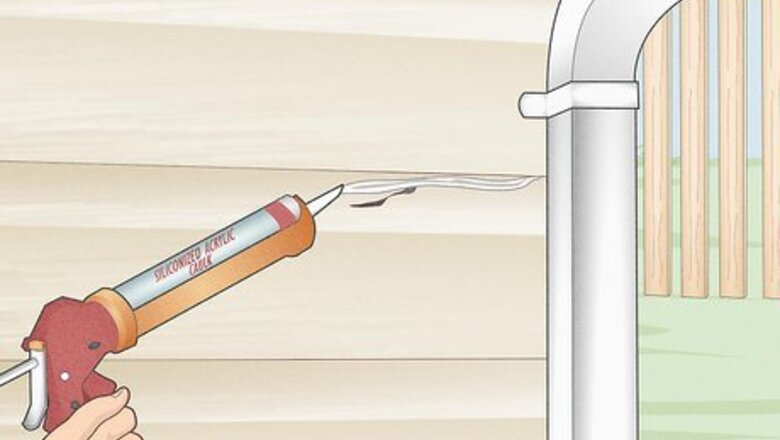
views
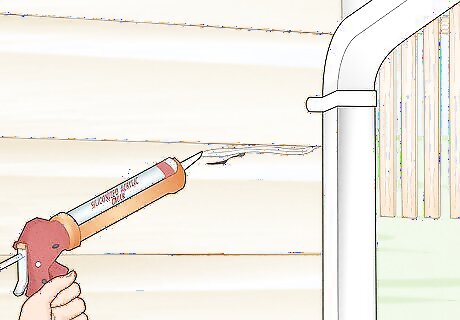
Be sure that all cracks and openings in the siding are sealed with a quality acrylic or siliconized acrylic caulk, although you should not seal the side and bottom edges unless the manufacturer of the siding recommends it.
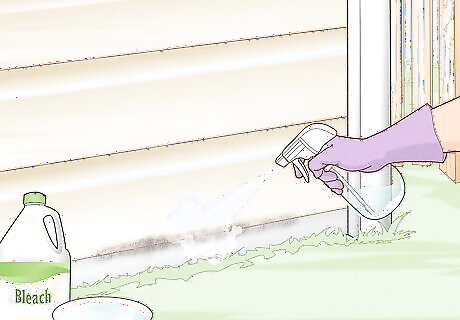
Treat any mildew that is present with a solution of one part bleach to three parts water. Apply the solution to the affected areas, leave it on for 20 minutes, then rinse it off thoroughly (wear eye and skin protection).
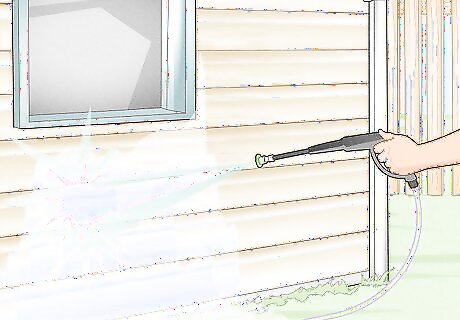
Remove dirt and dust from the entire exterior by power-washing with plain water, or cleaning with a detergent solution and rinsing thoroughly.
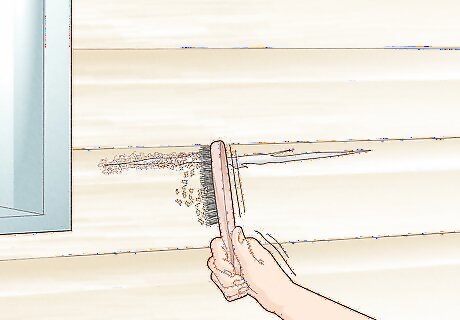
If any old paint remains that is flaking or showing other signs of poor adhesion, remove it by careful wire-brushing, working in the direction of the simulated wood-grain if there is any. When doing this work, wear a dust mask, as well as eye and skin protection.
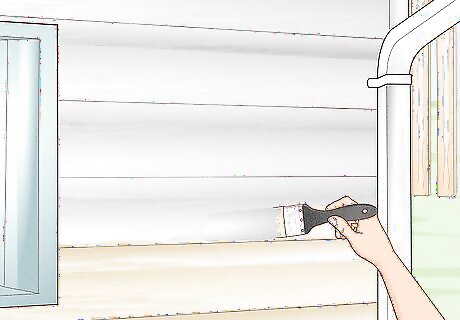
To help your paint adhere to the fiber cement siding and to get the most uniform-looking finish on your paint job, the best practice is to apply one coat of a quality exterior latex stain-blocking or masonry primer to all of the siding.
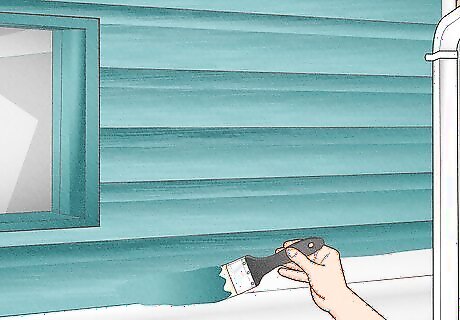
Complete the paint job by applying a top quality 100% acrylic latex paint that is recommended for use on masonry surfaces. You can extend the life of the paint job by applying two coats of paint, but that's up to you. A second coat isn't essential.




















Comments
0 comment